Search results for: “teacher”
-

Jim Allison: Breakthrough
The film, “Jim Allison: Breakthrough” can be streamed through online platforms, like PBS or from Amazon Prime Video. Teachers can sign up for a free license at https://www.breakthroughdoc.com/for-educators The film is 1 1/2 hours long, which is longer than most class periods, and many teen attention spans, so I split the worksheet into two halves.…
-
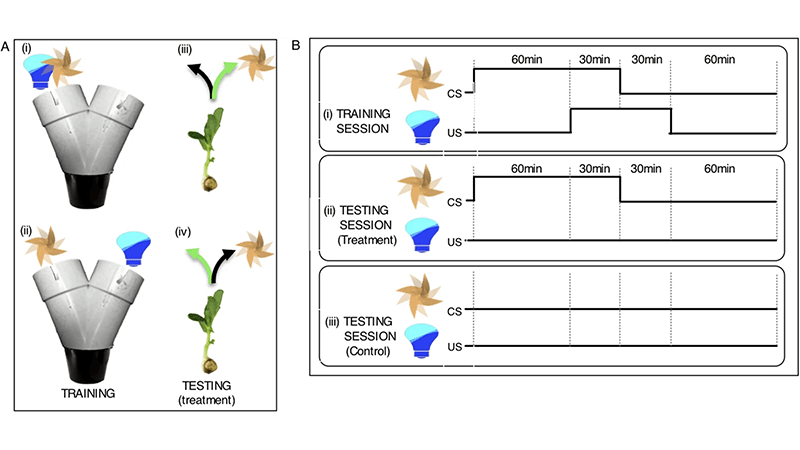
Can Plants Learn?
An experiment to determine if plants could learn by association Identify key features, such as variables, controls. Based on a real experiment in Nature.com.
-
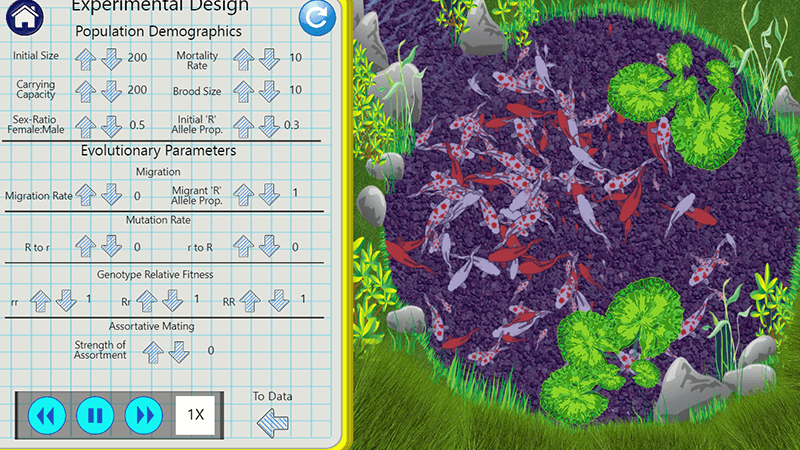
Population Genetics in a Fishbowl
Students learn about Hardy-Weinberg equilibrium by exploring a virtual population of koi fish. This virtual lab allows students to run experiments where they can change variables, like population size, migration rate, mutation rate, and fitness of two separate alleles. The alleles being studied control the coloration of the fish. Fish can either be white, gold,…
-
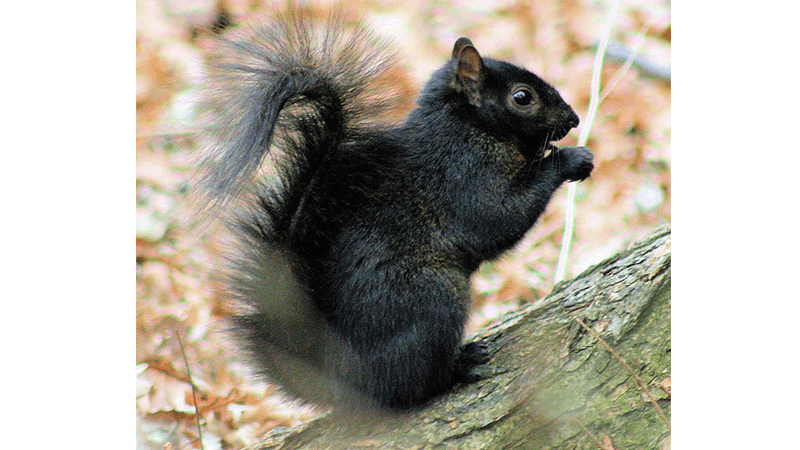
Hardy Weinberg Squirrels
This activity was created for students to complete on their own during the Covid-19 pandemic. Hardy Weinberg equilibrium can be a difficult concept, even with class guidance, so I’ve attempted to break it down into small bite-sized pieces. The Hardy-Weinberg equation is a fundamental principle in population genetics that describes the relationship between allele frequencies…
-
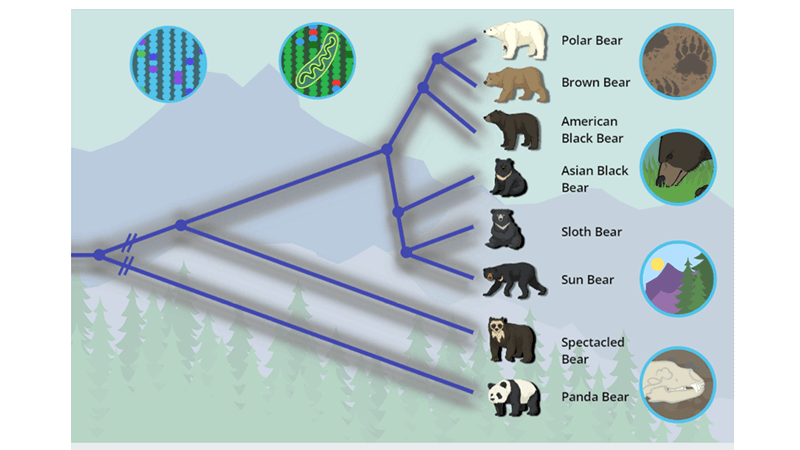
Bear, Species, & DNA
This activity was created during the Covid-19 pandemic for students to complete at home using the interactive explore at Learn.Genetics. The activity is probably best for 2nd year biology students or AP Biology, but it could potentially work with first year students. The questions aren’t hard, but the concepts can be difficult to grasp. The…
-
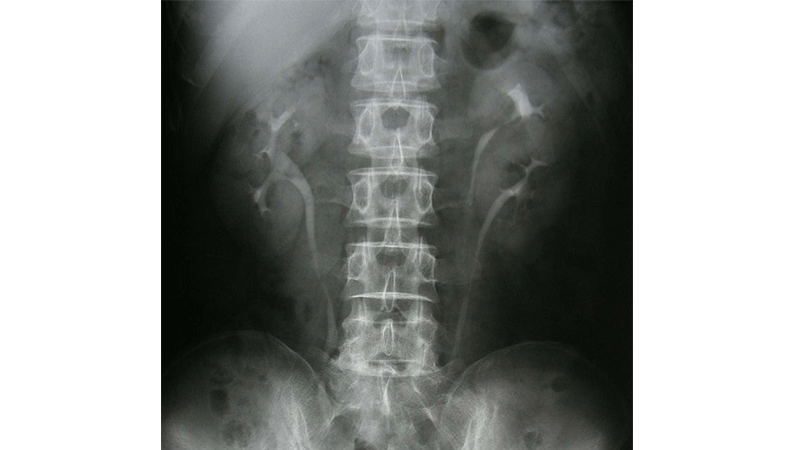
Case Study: Diaper Drama
A case study on the urinary system. Students learn about a baby with recurring urinary tract infections due to a duplicate ureter.
-

Saving a Fussy Predator, the Lynx
Read an article about the reintroduction of the lynx in Europe. A lynx is a type of feline. They are specialists, meaning that is has a very specific diet, the rabbit. Introducing the lynx poses challenges, but many people welcome its return. They are large cats, and can also pose a danger to livestock and…
-
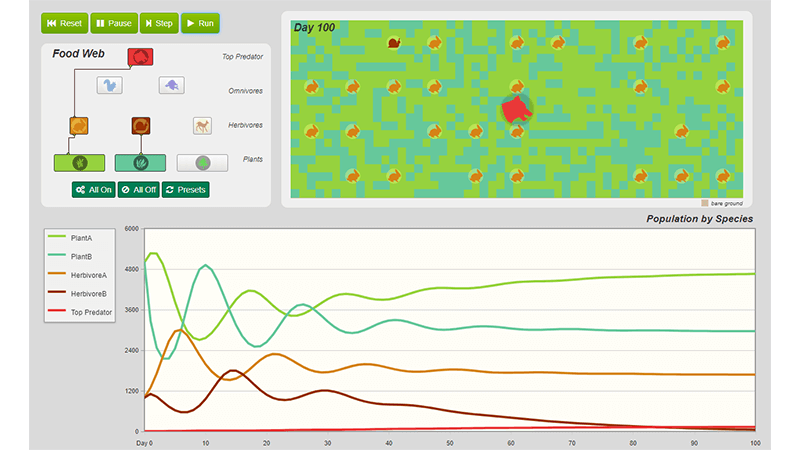
Predator Prey Simulation
Interactive program allows students to manipulate the type of organisms within a system and what they eat.
-

Evolution of Caffeine
In this activity, students access a database called UniProt that provides information about protein sequences derived from genome sequencing. Students search for the protein sequences of three plants that produce caffeine, Camellia sinensis, Coffea arabica, and Theobroma cacao (tea, coffee, and cocoa). They compare the protein sequences to determine if the gene to create caffeine arose independently…
-

Biological Magnification
This article discusses how toxic substances accumulate in top predators in an ecosystem, a phenomenon called biological magnification. This accumulation can have dire effects on those populations and can threaten the entire species with extinction. Students read background information on mercury and DDT and how those toxins are measured in PPM (parts per million). A…
-

The Calvin Cycle
TED-ED video on the Calvin Cycle explains how the cycle works to create glucose. Students complete questions and label a diagram of the Calvin Cycle.
-

Dog Tales – NOVA
Worksheet for the NOVA program “Dog Tales” which explores the evolution and domestication of dogs. Includes multiple choice questions with a final reflection.
-
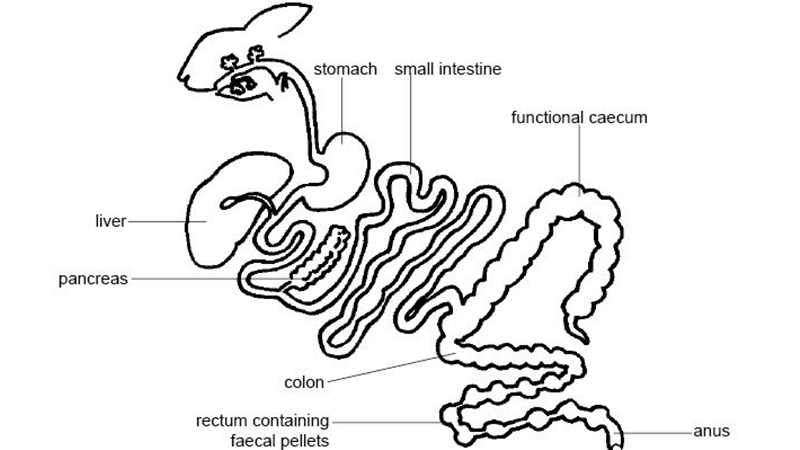
Label the Digestive System of a Rabbit
Students in biology may or may not do extensive dissections, but most biology classes do include a unit on comparative anatomy. Many teachers substitute dissections with virtual labs or paper versions of dissections where students label, color, or cut out parts. This worksheet shows a simplified diagram of a human and a rabbit digestive system…
-
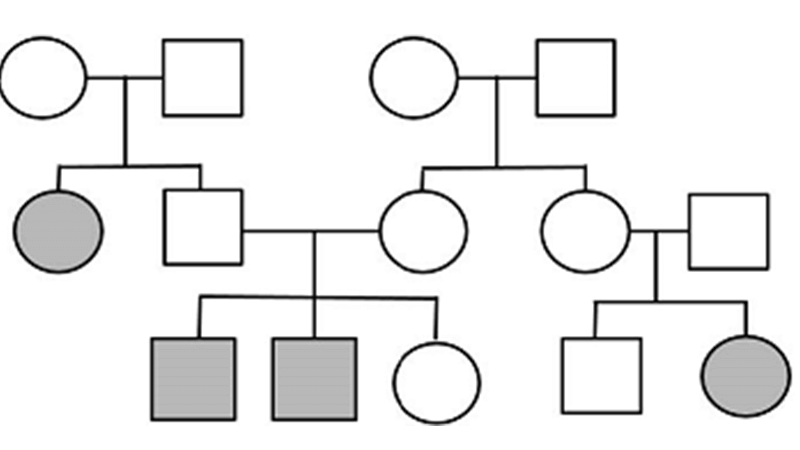
Pedigree Analysis – AP Bio
Designed for biology students studying genetics. Determine the inheritance pattern for human disorders, like Tay-Sachs or Marfan Syndrome.
-
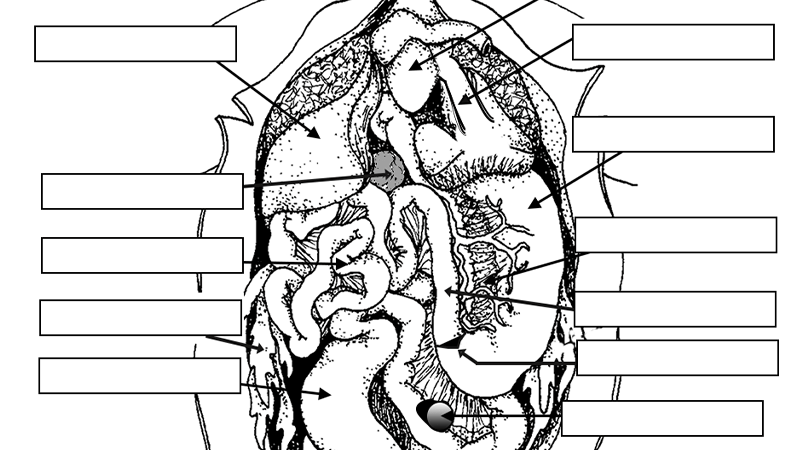
Frog Anatomy Label
This worksheet is a supplement to the frog dissection activity where students examine a preserved specimen. The main structures of the abdominal cavity are shown on this image and students practice identifying them using the included word bank. ( The worksheet could be modified to not include it should students need a greater challenge. )…

